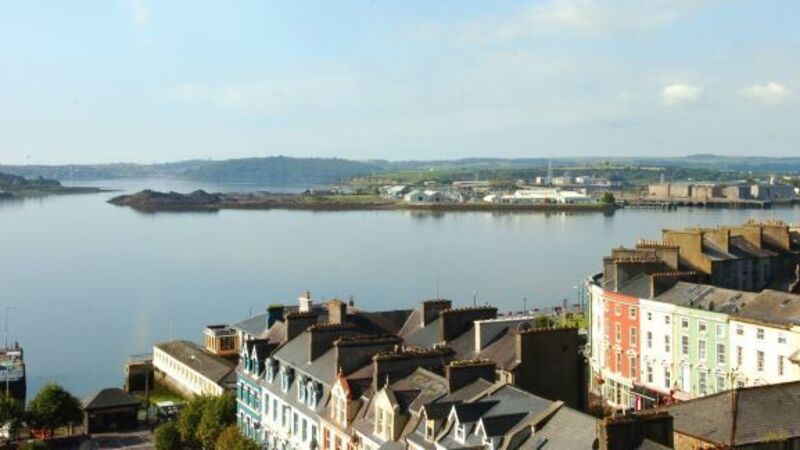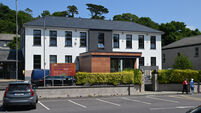Old British navy buildings on Haulbowline to house hi-tech companies

Labour TD Sean Sherlock confirmed the Government has set aside of €3.7m to stabilise and weather-proof the three buildings on Haulbowline Island for future use for emerging technology.
The four-storey stone-cut buildings, which are on the site of the former Irish Steel/Irish Ispat plant, were built by the British Navy.
They were built from locally quarried limestone and opened in 1822 for use as a navy hospital and military stores. In recent years they have fallen into disrepair.
Mr Sherlock said that after stabilising them it is hoped to refurbish their interiors and make them home to marine-based research companies which have been nurtured in the Maritime Energy Research Cluster /Beaufort centres.
It is also hoped that one of the buildings will be handed over to the Naval Service for its use. Sources within the Naval Service have welcomed the move.
The buildings were originally on the waterfront, but quays were later added for easier unloading of stores.
The roof is deteriorating and this will be one of the first things to be addressed. There is also a significant amount of wood in the buildings, some of which may be capable of being preserved if protected from the elements.
Mr Sherlock said the allocation is allied to the €61m remediation of a formerly toxic dump at the East Tip on Haulbowline Island.
“The action required is designed to protect from further damage a potentially valuable group of former military buildings and render them safe for such future use as many be determined in due course,’’ Mr Sherlock added.
Major work was recently undertaken on upgrading the road bridge which connects Haulbowline and Ringaskiddy. This not only allowed for heavy traffic to move in for remediating work on the dump site, but secures access to the island for military, industrial and tourism development. A plan for the future of the Haubowline/Maritime Energy Research Cluster area has been drawn up by Cork County Council.
It envisages an innovation centre and a tourism element mainly restricted to Spike Island.











